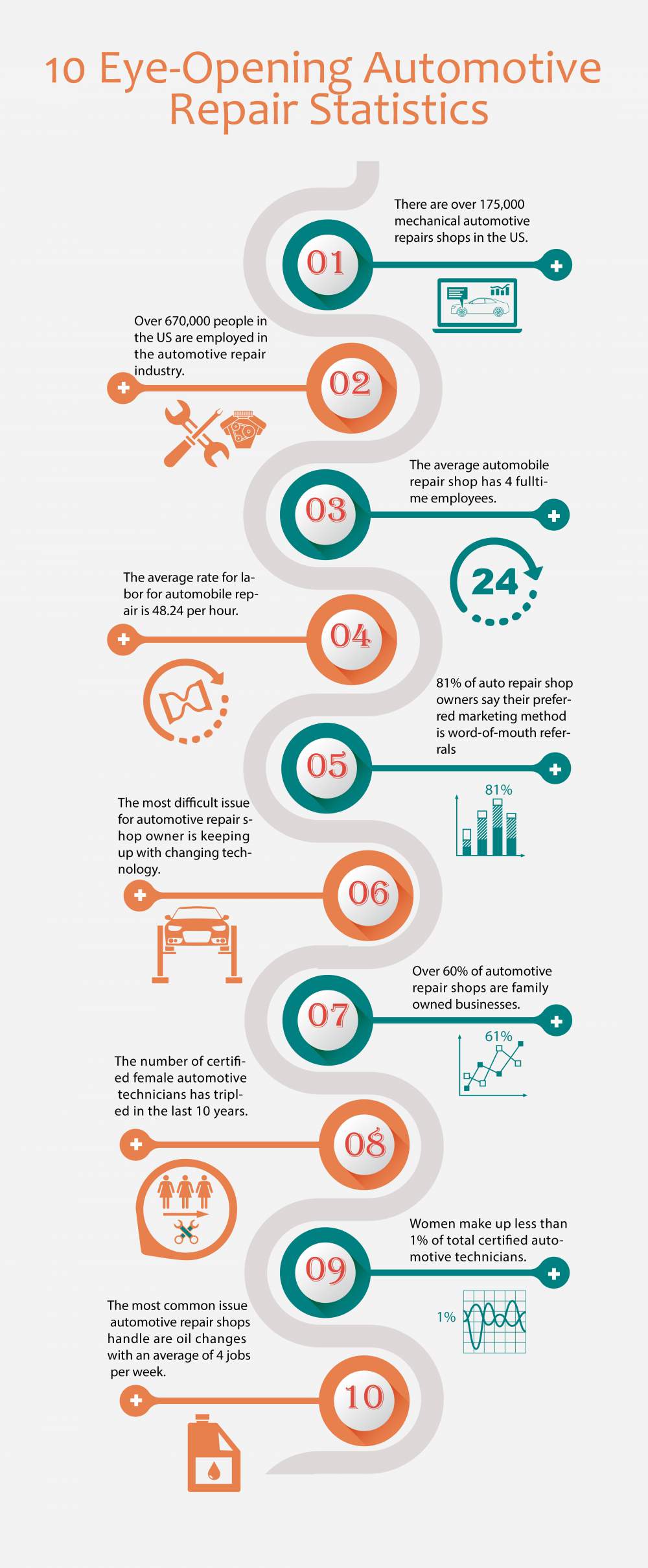Comprehending The Significance Behind Your Vehicle'S Caution Lights: An Extensive Look
Comprehending The Significance Behind Your Vehicle'S Caution Lights: An Extensive Look
Blog Article
Staff Author-Higgins Stark
When you lag the wheel, those beautiful warning lights on your control panel can be a little bit perplexing. Do you know what they're trying to tell you regarding your automobile's wellness? Recognizing the value of these lights is vital for your safety and security and the durability of your car. So, the next time among those lights pops up, would not you wish to analyze its message accurately and take the required actions to resolve it?
Common Warning Lighting and Interpretations
Identify common caution lights in your cars and truck and understand their definitions to guarantee risk-free driving.
One of the most typical caution lights include the check engine light, which indicates issues with the engine or exhausts system. If this light comes on, it's important to have your automobile inspected immediately.
The oil pressure cautioning light suggests low oil pressure, needing prompt focus to prevent engine damages.
A blinking battery light could recommend a malfunctioning charging system, possibly leaving you stranded if not addressed.
The tire stress monitoring system (TPMS) light notifies you to reduced tire stress, influencing vehicle security and fuel efficiency. Disregarding car ceramic coating nz might bring about hazardous driving conditions.
The abdominal muscle light suggests a trouble with the anti-lock braking system, jeopardizing your capacity to quit quickly in emergencies.
Finally, the coolant temperature alerting light warns of engine overheating, which can lead to extreme damages if not fixed promptly.
Recognizing these typical caution lights will certainly help you address problems immediately and preserve risk-free driving problems.
Value of Prompt Focus
Recognizing the typical warning lights in your auto is just the very first step; the value of immediately addressing these warnings can not be emphasized enough to guarantee your safety on the road.
When a caution light brightens on your dashboard, it's your vehicle's method of communicating a potential problem that requires focus. Overlooking these warnings can lead to much more serious troubles in the future, compromising your safety and security and possibly costing you more in repairs.
Trigger interest to cautioning lights can prevent breakdowns and accidents. For https://engine-remapping61739.bloggerbags.com/37346765/discover-exactly-how-environment-friendly-automobile-describing-products-can-elevate-your-automobile-s-shine-while-securing-the-world-uncover-the-sustainable-options-awaiting-you , a flashing check engine light could show a misfire that, if left unattended, might trigger damages to the catalytic converter. Resolving this without delay can save you from a pricey repair service.
Likewise, a brake system warning light could signify reduced brake fluid or used brake pads, critical components for your security when driving.
DIY Troubleshooting Tips
If you observe a caution light on your control panel, there are a few do it yourself fixing suggestions you can try prior to looking for professional aid.
The first step is to consult your cars and truck's handbook to understand what the particular warning light suggests. Sometimes the concern can be as easy as a loosened gas cap setting off the check engine light. Tightening up the gas cap may resolve the problem.
Another common concern is a low battery, which can cause various cautioning lights. Checking the battery connections for deterioration and ensuring they're safe could take care of the issue.
If a warning light continues, you can attempt resetting it by disconnecting the automobile's battery for a few minutes and then reconnecting it. In addition, checking your car's liquid degrees, such as oil, coolant, and brake fluid, can assist repair cautioning lights associated with these systems.
Conclusion
Finally, comprehending your cars and truck's caution lights is crucial for maintaining your car running smoothly and securely. By quickly addressing these alerts and understanding what they indicate, you can stay clear of costly repairs and prospective malfunctions.
Remember to consult your car's guidebook for particular information on each advising light and act as necessary to make certain a trouble-free driving experience.
Keep informed, stay safe when traveling!
